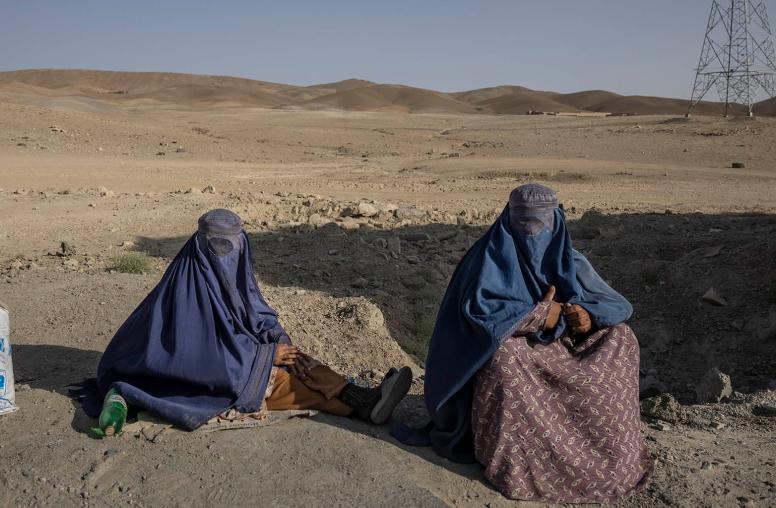Rhetoric, Ideology and Organizational Structure of the Taliban Movement
This report examines the evolution of the Taliban case for armed struggle and the minimal adjustments Taliban rhetoricians made to cope with the impending political change in Afghanistan in 2014. It considers how the Taliban might make a case for peace, should they take the political decision to engage in negotiations.
Summary
- The Taliban movement commands the loyalty of thousands of Afghans and applies resources and men to the pursuit of political objectives, guided by doctrine and inspired by rhetoric.
- Taliban rhetoric consists of religious and historical references, narratives of recent events, and guidance for Taliban sympathizers.
- The rhetoric asserts that the Taliban are engaged in a righteous jihad aimed at establishing a divinely ordered Islamic system in Afghanistan.
- Taliban doctrine focuses on internal affairs and in particular on maintaining cohesiveness. The Taliban are ruthless in enforcing their doctrine of obedience to the amir, or leader.
- The movement has retained a narrow social base, and its power is concentrated in the hands of mullahs from the Kandahari Pashtun tribes.
- Any project to build a plural Afghanistan is likely to include an appeal to the Taliban or the constituency they have mobilized.
- The Taliban’s own attempts to regain power rest on a negation of pluralism, rejection of a popular mandate, and assertion of the divine right vested in their Islamic emirate.
- A Taliban rhetoric of peace would require addressing the position of the Taliban’s amir, peace as a desirable state, the need for cohesiveness and unity in support of peace, celebration of the withdrawal of foreign troops, Islamic credentials of the government in Kabul, protection of those who sacrificed for the Taliban, peace as conclusion of the jihad, and the new role for the Taliban’s cadres.
- After 2014, the Taliban leadership is vulnerable to a hard-line challenge arguing that the political system in Kabul is irredeemably compromised by its collaboration with unbelievers.
About the Report
The withdrawal of NATO troops in 2014 means that a new Afghan government will need to develop a strategy to confront the Taliban’s campaign. Commissioned by the United States Institute of Peace (USIP) as part of its ongoing commitment to conflict resolution in Afghanistan, this report offers insights into the movement’s doctrine, organization, and rhetoric and is intended to inform efforts to end the Taliban violence.
About the Author
Michael Semple, a peace practitioner and scholar who focuses on Afghanistan and Pakistan, is currently visiting professor at the Institute for the Study of Conflict Transformation and Social Justice, Queen’s University Belfast. He previously worked as a political officer for the United Nations mission and deputy to the European Union Special Representative for Afghanistan. From 2009 to 2013, he was a fellow at Harvard Kennedy School’s Carr Center for Human Rights Policy.



